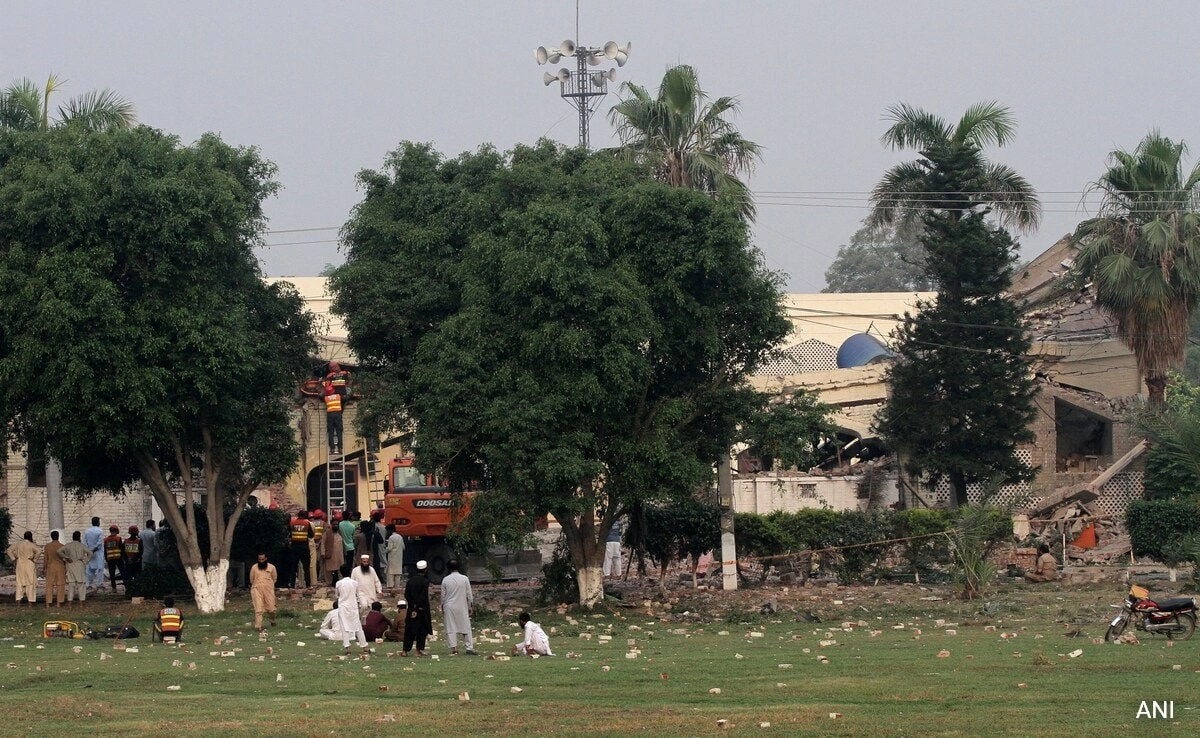In a significant development in the ongoing efforts to combat Maoist insurgency in India, 33 Maoist rebels have surrendered to security forces in Chhattisgarh. This event marks a notable achievement in the state’s anti-Naxal operations, which have been intensifying in recent years. The surrender was facilitated by the security forces’ ongoing outreach programs aimed at encouraging disillusioned members of the Maoist movement to abandon their violent lifestyles and reintegrate into society. This initiative reflects a broader strategy that combines military action with efforts to address the socio-economic grievances that fuel the Maoist insurgency.
The surrendered Maoists, who were part of various factions within the insurgent group, have expressed a desire to return to normal life. This shift indicates a growing realization among some members of the Maoist ranks about the futility of continuing armed struggle, especially given the increased pressure from security forces and the changing socio-political landscape in the region. Security officials have noted that the surrender of such a significant number of insurgents in one event is a promising sign and may encourage others to follow suit. It underscores the effectiveness of the government’s approach to countering extremism by promoting dialogue and rehabilitation rather than solely relying on force.
The socio-economic backdrop of Chhattisgarh plays a crucial role in the dynamics of the Maoist insurgency. Many individuals who join these groups often do so out of frustration stemming from poverty, lack of access to education, and insufficient job opportunities. By addressing these underlying issues, the state aims to create an environment where former rebels can reintegrate successfully and contribute positively to their communities. In the wake of this surrender, local authorities are likely to ramp up efforts to provide vocational training and support for these individuals, ensuring they have the means to build a better future.
As security forces continue their operations against Maoist groups, the surrender of these 33 individuals serves as a reminder of the complexities involved in counter-insurgency efforts. While military success is critical, fostering an atmosphere of trust and providing tangible support to those willing to leave behind a life of violence is equally vital. The government’s dual approach, which balances security measures with development initiatives, could pave the way for a more sustainable resolution to the long-standing conflict in Chhattisgarh, potentially leading to a decrease in violence and an improvement in the overall quality of life for the region’s inhabitants.




